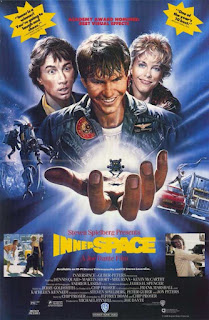Genre Research: War
Camera Angles and Movements:
Close ups/Extreme Close ups on characters faces. This is done to show what they are feeling while everything else is happening around them.
Extreme Long Shot- this is typically used to show the sides of a war colliding.
Wide shot- this is used to show the subject and the scene of which the subject is in.
Mis-En-Scene:
Costumes usually include camouflage clothing and helmets.
Lighting can vary from full brightness in the middle of the day to pitch black to create a scene in the night.
Makeup usually includes camouflage face paint and blood.
Props are typically guns, medical kits, ammunition, and grenades.
Sound:
Sound Motifs are often used. The sound is usually gunfire or explosions.
Diegetic sound often features explosions, gunfire, and screaming.
Narration might also occur describing why a war is occuring
Editing:
A jump cut can be used to show a battlefield during a war comparing it with after the war.
Crosscutting can be used to show two army men shooting at the same time.
Example films:
Never Look Away (2018)
Ambushed (2019)
Battle Scars (2020)
Elements my group likes:
My group likes the type and style of props, sound, and editing typically used in war movies. This was particularly enticing to do because it seemed like it would be the most fun to do out of the three.
Elements My Group Dislikes:
Doing a war film would take many people to construct a typical war scene, since there are only four people in my group it would be hard to make. The props needed for some scenes would also be a problem to get.


Comments
Post a Comment